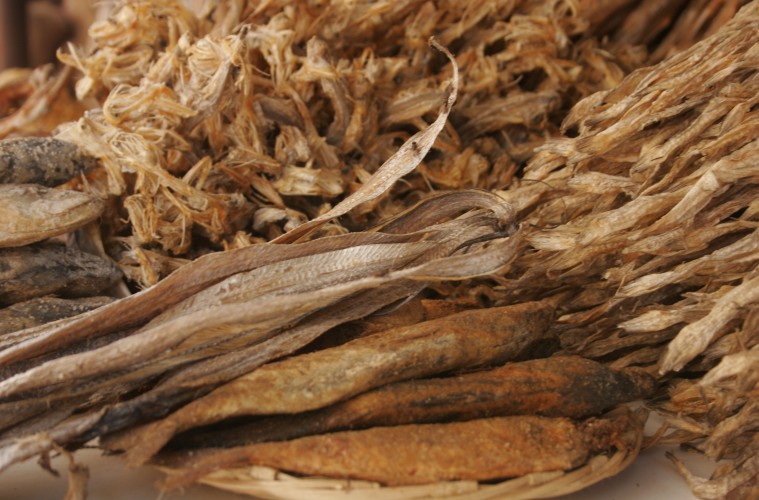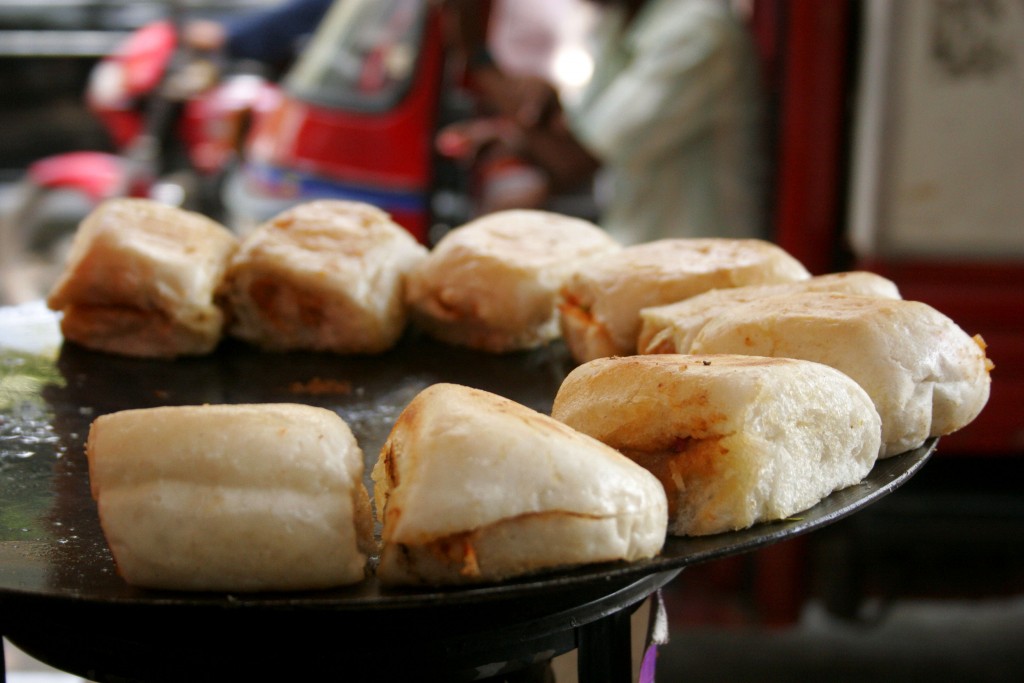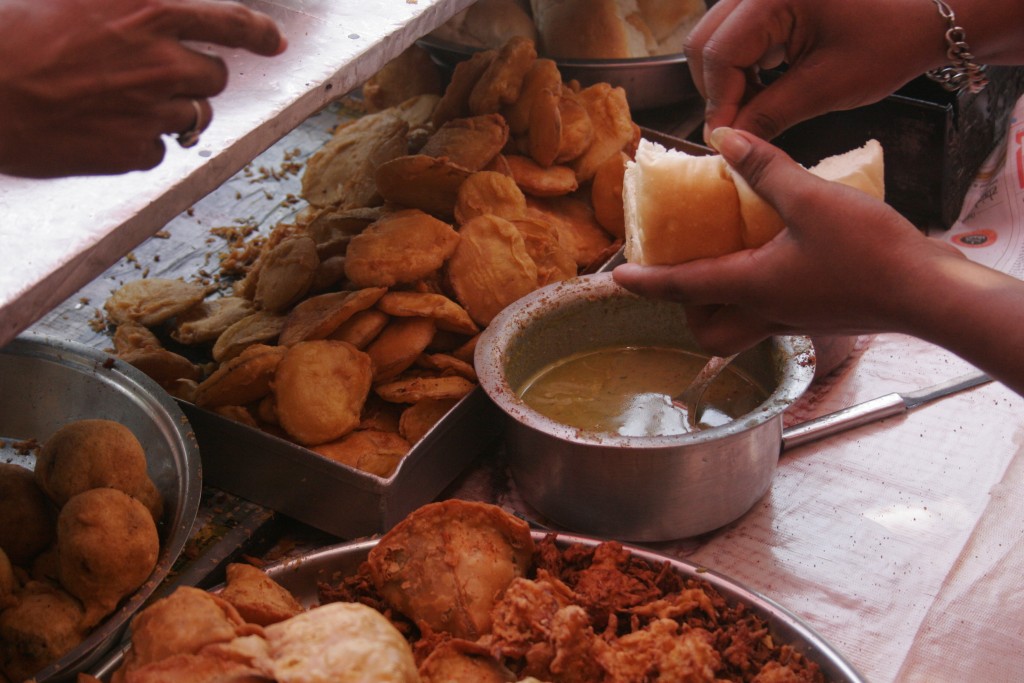India is a food-obsessed nation. It is no wonder then that every city has its distinctive food culture where the flavours are not only tied to a region but also to migrant and local patterns of consumption. Mumbai’s street food mirrors this as it puts the chaos of the street and the individual taste of each vendor on a plate. That’s street food –‘A taste of the people it comes from.’
The popularity of Mumbai’s street food culture stems from the fact that it is a city that is always on the move. The need of the people to have a relatively inexpensive, ready-to-eat-food-on the-go is met at the street food stalls set up in allocated market areas or under a tree, entrance of a building colony or lined up on the beach. It is this accessibility and availability that has turned Mumbai into street food eater’s city.
Not only does the street food tickle the taste buds but the stalls are a great point of interaction with the people of the city and experience distinct flavours of different communities. The diversity of the food on its streets can be attributed to the huge numbers of migrant workers coming into the city from different parts of the country. They might be Mumbai’s infrastructural nightmare but right from the time Mumbai was named ‘Urbs Prima in Indis’ by the British it attracted people – traders, workers, professionals who not only brought their skill-set, ability to work hard (for if you can work, you don’t starve in Mumbai), customs and traditions into the fold of the city but also their food habits.
Mumbai street food however doesn’t exist in a suspended state, it is part of the many infrastructures that make the city like water or housing. For one, and probably most important, is that it provides employment while generating income, sustains local businesses and showcases the best of local cuisine that cuts across all classes. According to a famous Chef ‘the street food vendors also serve as the preserver of local food culture in the absence of documentation of recipes’.
The signature street-side snack is the ‘vada pav’, a dish native to the state of Maharashtra and almost synonymous with Mumbai, consisting of a potato fritter in a bread bun with green chilli, as sweet chutney and chilli powder/ paste as an accompaniment. It is easy to pick, cheap and quite filling. Its other avatars like – bhajji pav, anda pav, pav bhaji, dabheli and samosa pav are popular too and can be enjoyed at one of the many, many vada/pav stalls that operate in the city. ‘Cutting Chai’ is another unique product of Mumbai. Say ‘Ek Cutting’ and the stall vendor will dole a piping hot half-cup of tea.
Panipuri, bhelpuri, sev puri, dahi puri, Bombay Sandwiches, ragda-pattice, misal pav are easily available at the famous Khao Gullies (Girgaum Chowpatty and Juhu Chowpatty being the most popular!). Khao Gallis loosely translate into ‘eating-lanes’. They have a sizable cluster of street food stalls and do brisk business during lunch and evening snack hours.
The Khao gallis not only boast of some of Mumbai’s signature street side snacks but also drinks to wash down the spices – most famous are the juice stalls with interesting juice combinations – Mara Mari and Ganga Jamuna to name some. They also serve thick fruit milkshakes and you can see people gulping the chikoo and the mango milkshake at these stalls to get their daily fix of fruit and sugar! Faloodas, the drink that made its way into the Mumbai food culture from Persia, is also lapped up with equal enthusiasm. Though some versions of it are available throughout Mumbai, the best is to be drank at Badhsha Falooda.
The range is something to reckon. From Indianised Chinese food that includes the Chinese Bhel (yes!) to South Indian fare like idli, dosa and Mumbai’s own twist to Mysore Masala dosa, a total departure from how the dosa is made in Mysore, dhoklas and farsaan (savoury Gujarati snacks), lip-smacking kebabs at Mohammad Ali Road, kulfis and ‘golas’ as coolants to Frankies (Mumbai’s answer to Calcutta’s kati roll) – the streets have it all!
Top it all with paan, a betel leaf preparation and you are in gastronomical heaven. And the best part is you don’t have to make a booking, sit pretty in some fancy-shmancy restaurant… it’s all spread out for you, on the road – literally!
Shriti K. Tyagi is the founder of Beyond Bombay. We highly recommend the Thali Tripping walking tours.




